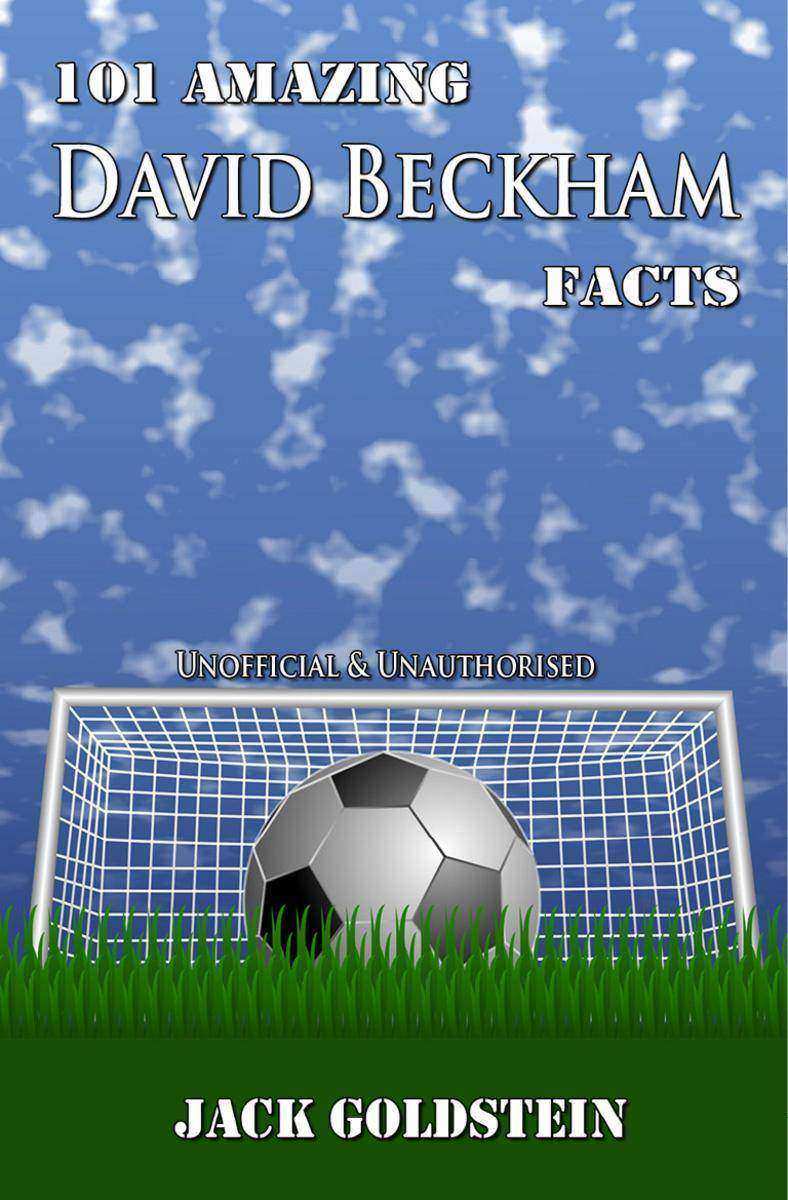
101 Amazing David Beckham Facts
¥19.52
Are you a fan of football legend David Beckham? Do you know everything there is to know about the world-famous free kick specialist and fashion icon? Then this is the book for you! In this easy-to-digest eBook are 101 facts about your favourite sports star - do you know all of them?Test yourself and your friends with these handily-packaged facts easily organised into categories for maximum enjoyment. Sections include his upbringing, his football career and his wife, former Spice Girl Victoria.
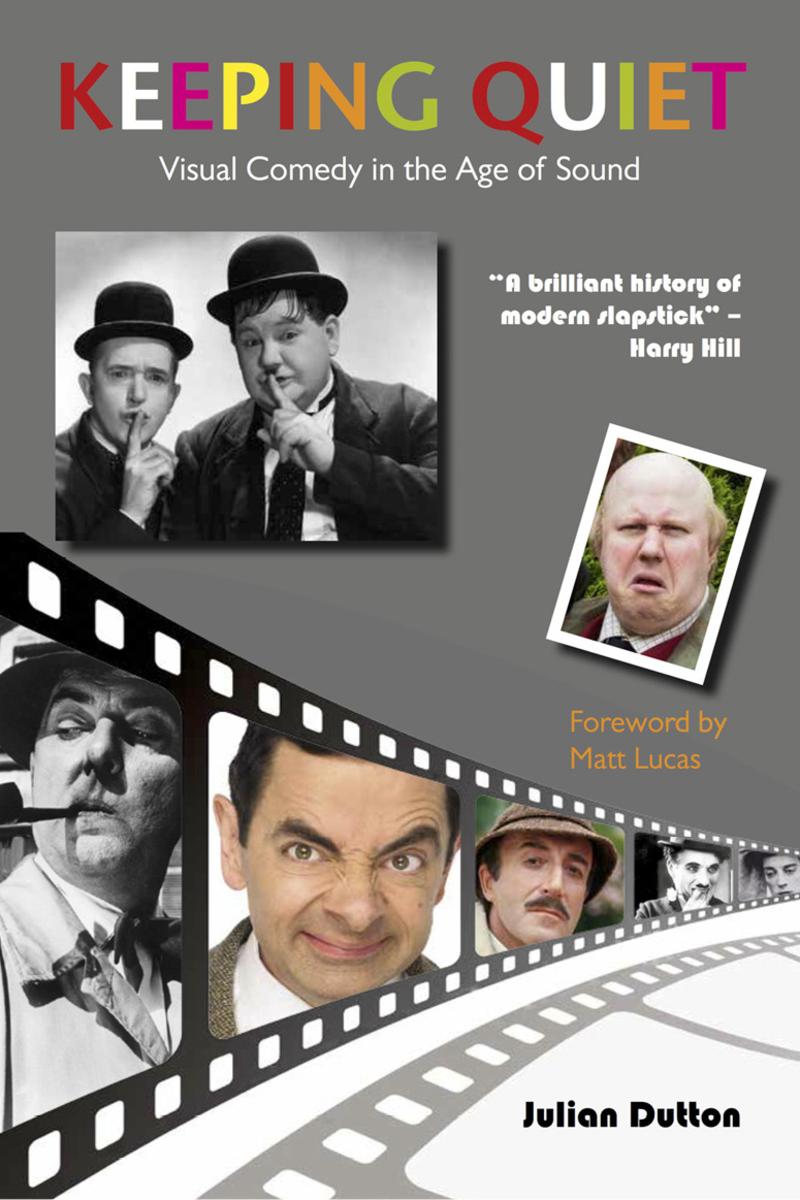
Keeping Quiet
¥98.00
Keeping Quiet is a love-letter to the modern sight-gag on film and television, tracing the history of physical clowning since the advent of sound. Taking up the story of visual humour where Paul Merton's Silent Comedy leaves off, Julian Dutton charts the lives and work of all the great comedians who chose to remain silent, from Charlie Chaplin - who was determined to resist the 'talkies' - right through to the slapstick of modern-day performers such as Rowan Atkinson, Matt Lucas and Harry Hill. This fascinating chronicle - spanning nine decades - shows how physical comedy, at first overshadowed by dialogue-films in the 1930s, reinvented itself and how this revival was spearheaded by a Frenchman: Jacques Tati.Julian Dutton draws on his own experience as a comedy writer and performer to give an expert analysis of the screen persona and the comedy style of dozens of the screen's best-loved performers including Laurel & Hardy, Buster Keaton, Harpo Marx, Norman Wisdom, Jerry Lewis, Benny Hill, Peter Sellers, Eric Sykes, Ronnie Barker, Marty Feldman - and many more.This book will appeal both to the serious student of film, television and theatre - including those aspiring to write or perform comedy - and to the general reader and comedy fan.

Bowie and Hutch Story
¥127.43
Bowie and Hutch Story
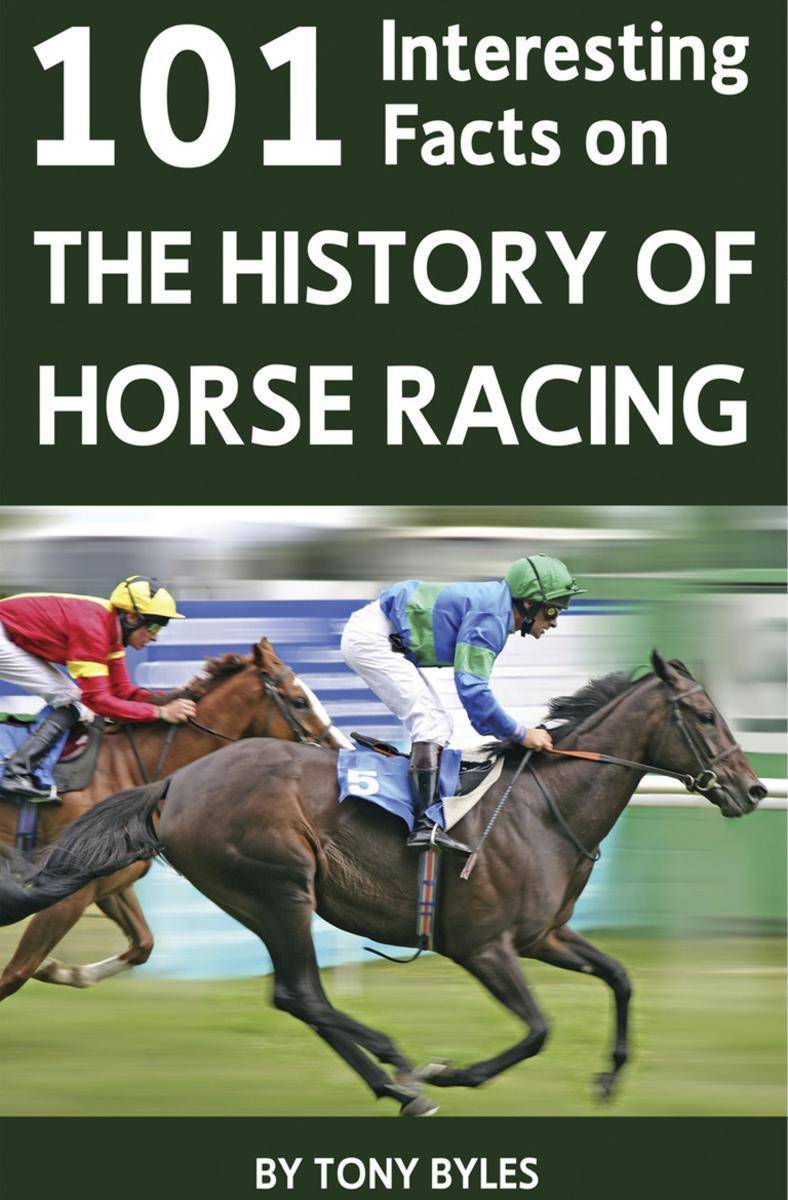
101 Interesting Facts on the History of Horse Racing
¥24.43
Are you a fan of horse racing? Do the origins of this action-packed sport intrigue you? Would you like to find out more about the horses, riders and trainers involved in the famous races? If so, you are certain to enjoy 101 Interesting Facts on the History of Horse Racing. It's a chronological journey from the earliest days of racing. Read about racing before the days of the thoroughbred; the first recorders of racing; the mystery of the foundation stallions; the origin of grey horses; twins; the early bookmakers and other Turf personalities; the American Godolphin Arabian; the truth behind the origins of the Grand National and who was the real winner of the 1880 Derby. The answers can all be found in this informative new book along with many more fascinating facts about the history of racing. This book is packed with carefully researched, detailed information about all aspects of racing including famous runners, breeders, owners, jockeys and much more, so that you can't fail to learn something new. This is a must-have book for anyone with an interest in racing.

Paid In Full?
¥29.33
An introduction to the history of British hip-hop as it finally escapes its reputation as the poor cousin of the American variant with a succession of hugely successful releases by the new stars of 'grime'. Alex Ogg, a notable author in this field having previously written The Hip Hop Years (and been a consultant on the accompanying BAFTA nominated documentary strand), The Men Behind Def Jam and Rap Lyrics: From The Sugarhill Gang to Eminem, is a long-term commentator on the global breakout of hip-hop. His latest book explores the unique factors at play in the development of this subculture, tracing it right back to the first key releases in the early 80s, to the false dawn of the early 90s, and finally the spectacular success of grime in the last two years. Key landmarks are addressed along that timeline, and important recordings and incidents appraised, including many first-hand quotes. The ill-defined and much misunderstood 'grime' genre is placed in a specific historical context, as well as sections on trip-hop and other contributory/parallel British musics. As well as offering a comprehensive foundation for those who wish to investigate this phenomenon, Ogg provides a recommended listening list as well as snapshots of the new heroes of grime, from Dizzee Rascal and Tinchy Snyder to Tinie Tempah.

Kylie Minogue Quiz Book
¥24.43
Are you a Kylie Minogue fan? Have you followed the pint size pop princess's long and successful career from Neighbours actress to chart topping singing sensation? Can you name all of her albums? Were you aware that Kylie had written a children's book and can you reel off the title of her autobiography? Do you know exactly how tall she is? If so then this quiz book is just what you need to find out how much you really know about Kylie. This fun tribute contains 100 thought provoking questions about the multi award winning superstar and covers all aspects of Kylie's life, including TV and film appearances, world tours, chart positions, accolades and personal details. You are certain to find out something new about your favourite songster so be prepared for one or two surprises. Packed with fascinating facts, The Kylie Minogue Quiz Book is as informative as it is entertaining and is a must have for all music fans. If you like Kylie you will love this book.
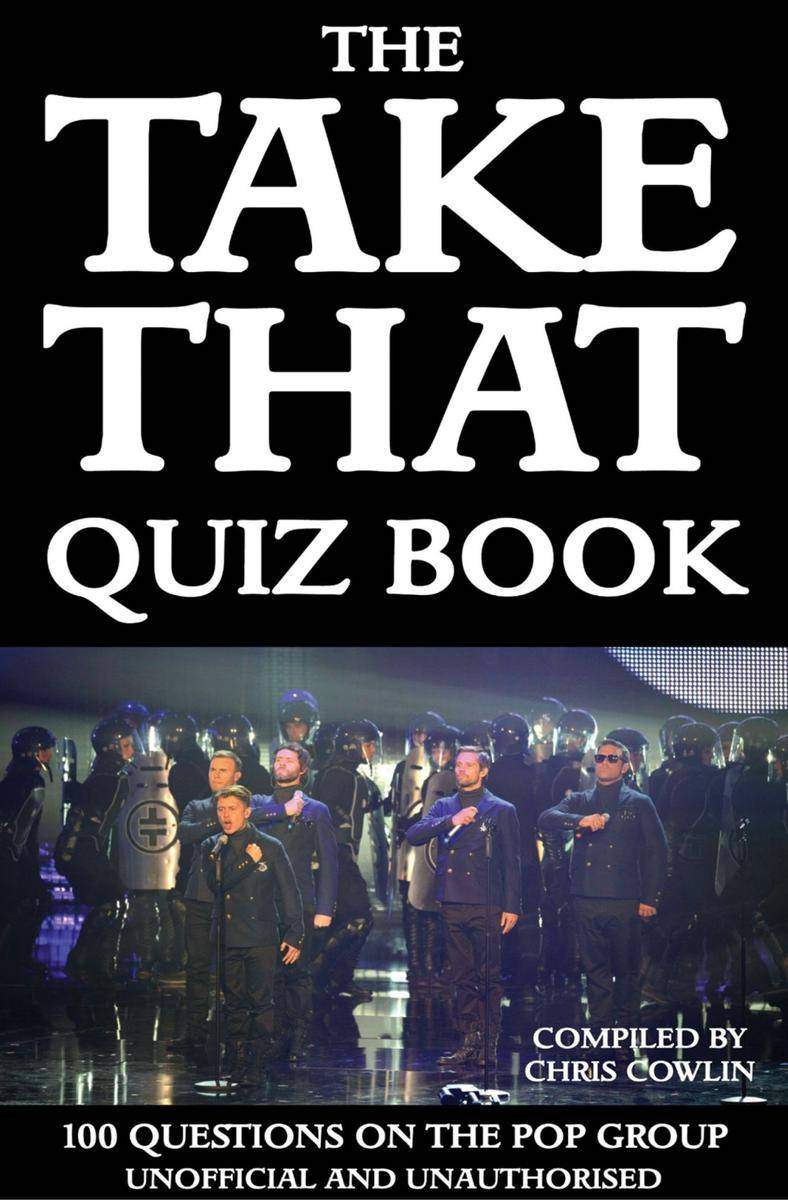
Take That Quiz Book
¥24.43
Are you an expert on Take That? Have you followed every twist and turn in the amazing Take That story? Do you know all there is to know about the multi award winning, chart topping band? Then what better way to put your knowledge to the test than with the 100 questions in this quiz book, each one designed to challenge your memory of the events that have shaped the most popular UK boyband of all time. This book covers the phenomenal success of the early years to the band's break up and subsequent reunion as a four piece right through to Robbie Williams rejoining in 2010 to complete the original Take That line-up. The Take That Quiz Book is packed with information about your favourite group, including career highlights and low points, the many unforgettable hits, awards and accolades along with personal details of all the band members. This handy reference guide is must-have for all Take That fans and anyone interested in finding out more about one of the biggest success stories in recent music history.
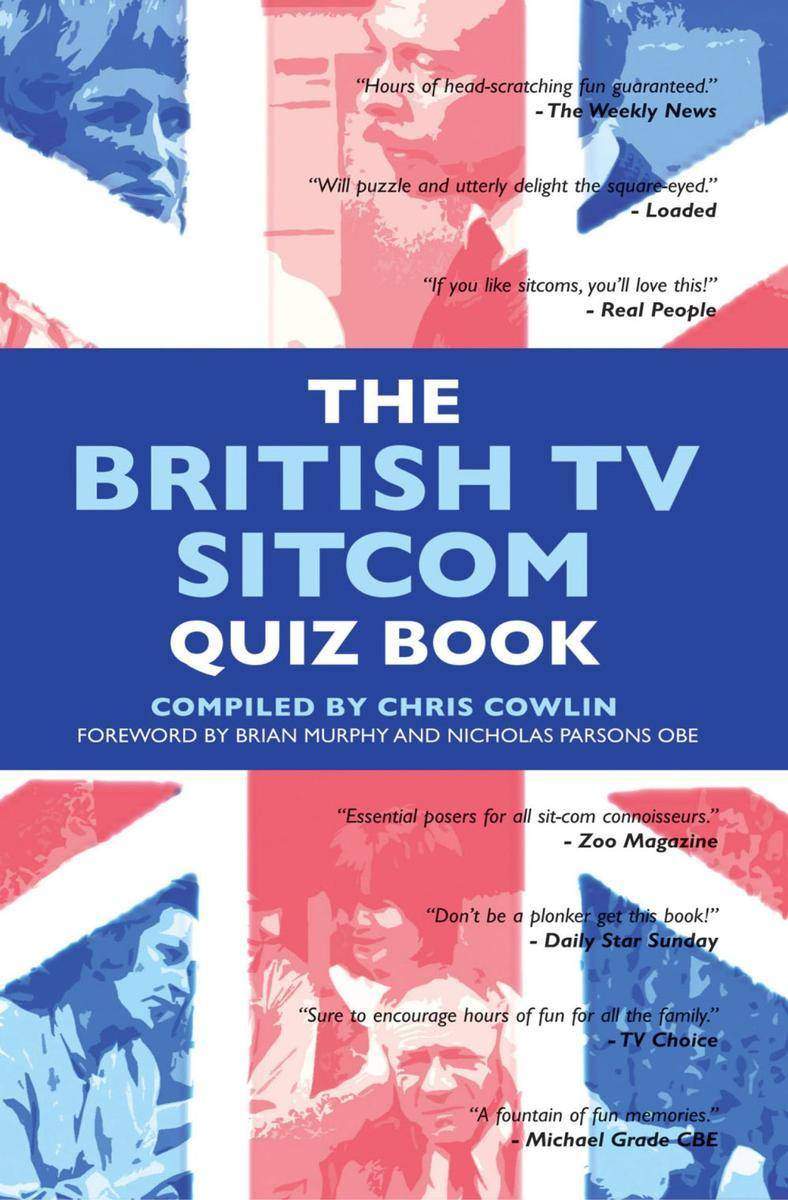
British TV Sitcom Quiz Book
¥73.48
The sitcom has proved to be one of the most enduring genres in British TV history, reflecting the social changes and national concerns of the time, and has brought many memorable and much-loved characters to our screens. Who can forget iconic figures like Frank Spencer, Basil Fawlty and Reggie Perrin or the antics of the Trotters, the Meldrews and the staff of Grace Brothers' department store, to name but a few? The 1,000 questions in The British TV Sitcom Quiz book will test your knowledge of your favourite series from yesteryear to the current day. From Steptoe and Son, Dad's Army and Porridge to Absolutely Fabulous, The Office, and My Family, this book is bulging with facts that will refresh your memory and help you to recapture some of those magical moments in situation comedy. With a fitting foreword by Brian Murphy from the hilarious '70s TV show George and Mildred and Nicholas Parsons OBE, this is a must-have book for all sitcom fans.
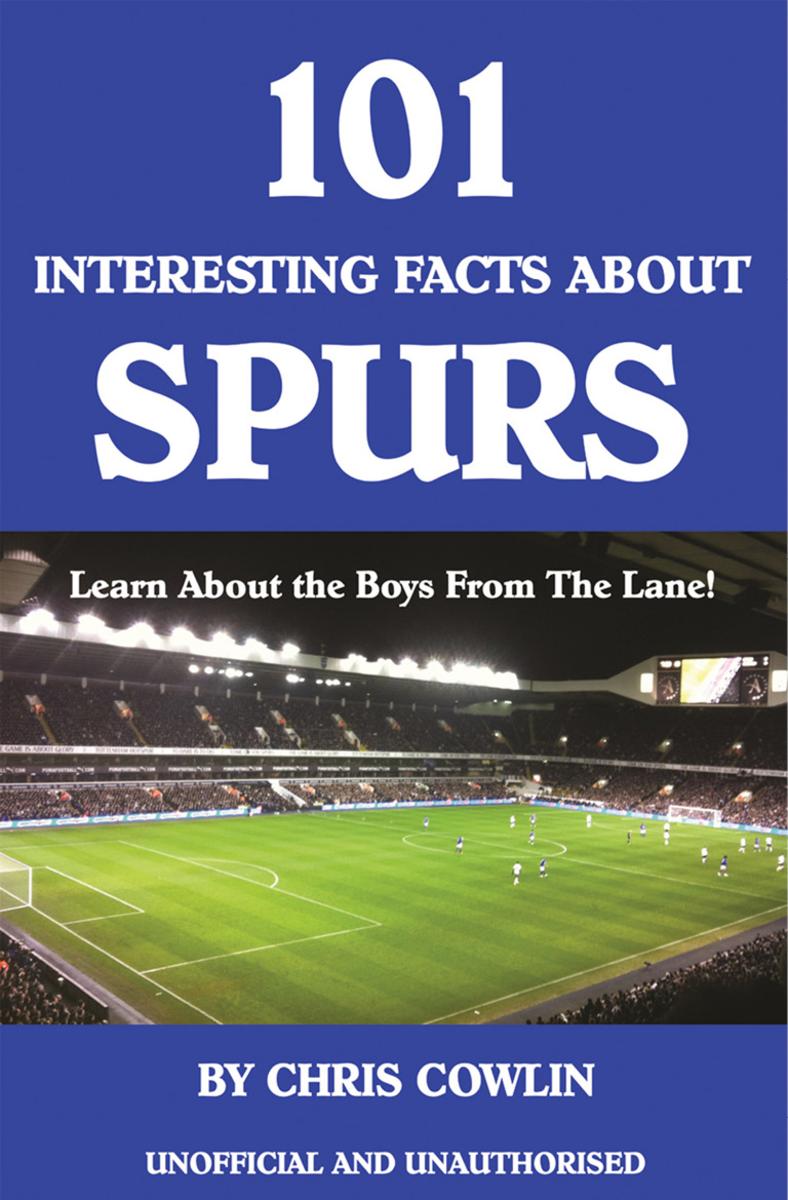
101 Interesting Facts about Spurs
¥19.52
Are you a football fan? Do you support Tottenham Hotspur FC? Would you like to find out more about the club's long and successful history? If you answered yes to any of these questions, you are certain to enjoy this informative Spurs reference guide.Did you know that Tottenham's record cup win is 13-2, in an FA Cup game against Crewe during February 1960? Or that Steve Perryman holds the record at White Hart Lane for making the most League appearances at the club, with 653 starts and two substitute appearances? With 101 facts all about Spurs, this is the book that Tottenham supporters can't be without. Perfect for match days or amusing the kids at home, this tribute to Spurs will tell you everything you ever wanted to know about this popular English Premier League team. So why not relive all those golden moments from days gone by and gen up on Spurs' glorious past with 101 Interesting Facts About Spurs? A simply must-have book for Tottenham supporters of all ages.
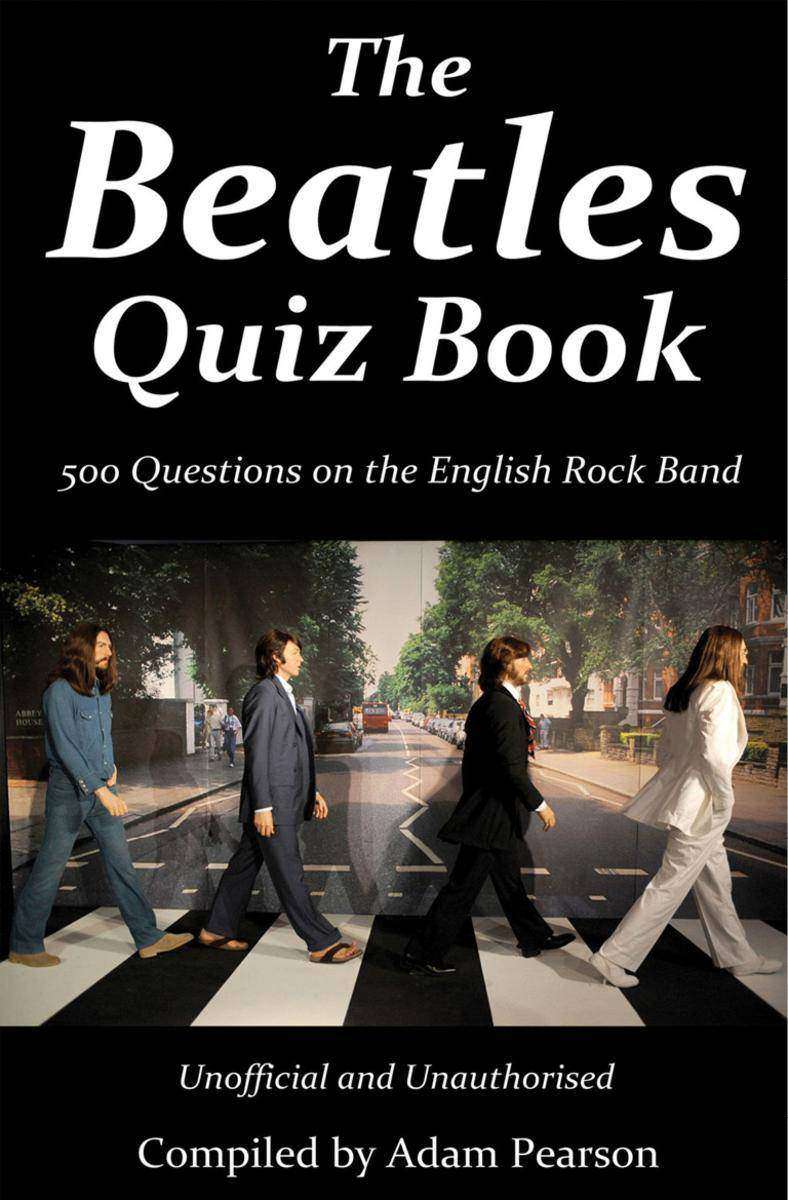
Beatles Quiz Book
¥39.14
Are you a fan of The Beatles? Have you followed the amazing Beatles story from the early days of the band through to individual chart success? Do you know all there is to know about the fab four? If so, what better way to test your knowledge than with the 500 questions in this quiz book, each one designed to find out how much you can recall about the history of The Beatles.This book covers the phenomenal success of the early years through to the band members' individual careers, relationships, families and beyond. The Beatles Quiz Book is packed with information about John, Paul, George and Ringo, including questions on many of their unforgettable hits, bestselling albums, song lyrics and much more.This quiz book is a must-have for anyone who likes the Beatles whether you are new to their music or are a lifelong fan. This tribute will appeal to fans of all ages and anyone interested in finding out about one of the most successful UK bands of all time.
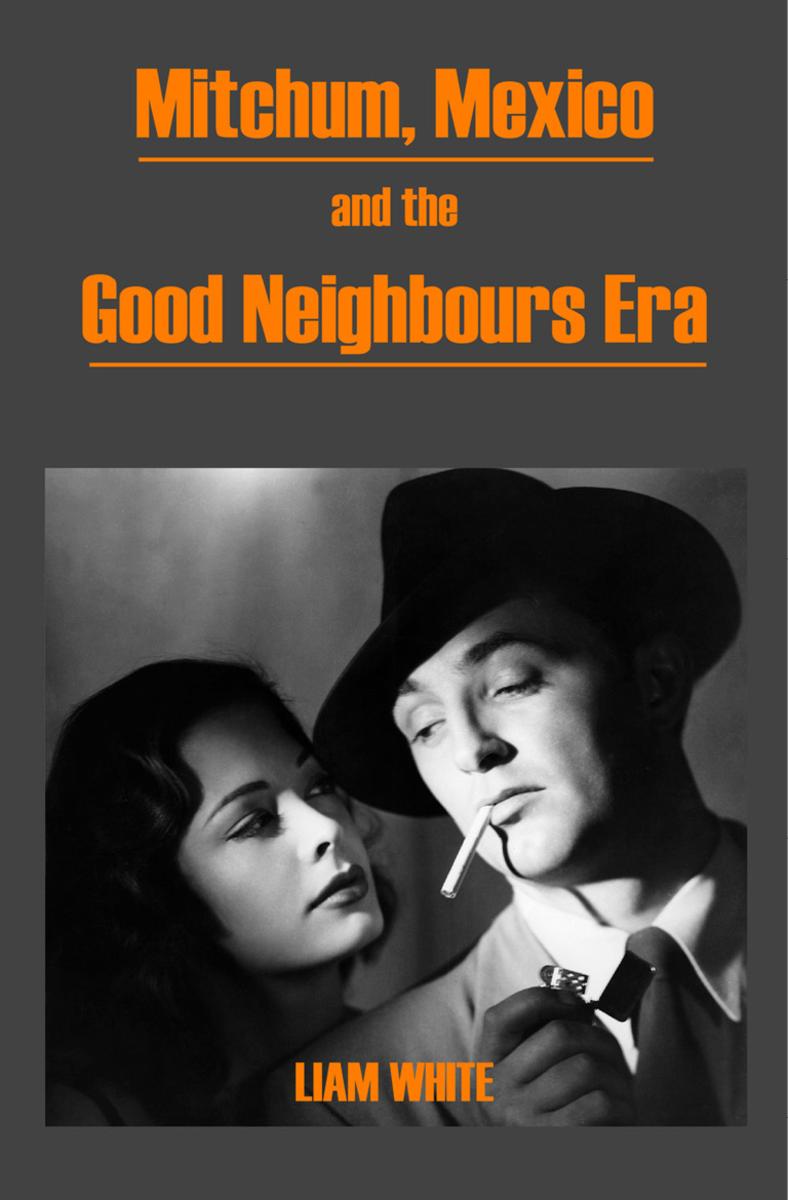
Mitchum, Mexico and the Good Neighbours Era
¥112.72
Robert Mitchum was one of the most charismatic stars of the 'classic Hollywood' era. His screen persona was the essence of cool: tough but vulnerable, accepting of his fate with languid charm and easy humour. His films have often been seen through the lens of film noir, but they had something else in common too: the characters he played in Out of the Past, The Big Steal, His Kind of Woman, Second Chance, Where Danger Lives, and Angel Face seemed irrevocably drawn to Mexico. Mitchum's sequence of films south of the border coincided with the advent of the 'golden age' of Mexico's own film industry, a new cinematic wave that drew on serious artistic influences from the muralists to Sergei Eisenstein, and that was led by director Emilio Fernandez and cinematographer Gabriel Figueroa whose 1943 film Maria Candelaria, starring former Hollywood siren Dolores del Rio, had won a prize at Cannes. Under the Roosevelt administration's 'Good Neighbour' policy - a wartime effort to court friendly Latin American countries - Hollywood's portrayal of Mexico changed: out went the all-purpose exoticism, where 'south of the border' was a metaphor for the loosening of moral and sexual standards, and in came a more nuanced approach. In this authoritative study, Liam White encourages us to take a fresh look at how Mitchum's films broke with Hollywood convention in the way they depicted Mexico; how Mexico's own film industry boomed, becoming the first example of 'world cinema' to have an impact on the post-War world; and how its success attracted significant US talent - from John Steinbeck to John Ford - to work on bi-national projects.

Inside King Kong
¥58.76
When actor Will Shephard turned up at the Beverley Hills offices of Dino De Laurentiis, he expected to be interviewed for a modest role in the great man's next production. "e;My agent told me on the phone that you were looking for actors who could do animal movements, but she didn't tell me what the film was about,"e; said Will. "e;It's King Kong,"e; said the producer. "e;You mean a remake of the 1933 film?"e; "e;Yes."e; "e;What's the role I'm being considered for?"e; "e;It's Kong."e; And so began an extraordinary few months in Will's life as he joined fellow actor and make-up artist Rick Baker to become the one of the 'guys in the ape suit', striding through miniature jungles, wrestling a giant rubber snake, running amok in Manhattan and scaling the World Trade Center. Inside the suit it was fearsomely hot, the special contact lenses made him dizzy and he frequently had to insert a tube through the gorilla mask in order to breathe. But the illusion was perfect: audiences never knew that the highly publicized, forty-foot tall, mechanical Kong that had cost millions of dollars to develop only got a few seconds of exposure, and that on screen for the rest of the movie were Rick and Will, clad in rubber and bear-hide. Inside King Kong is Will's journal of his experiences on the set in 1976. This delightful, engaging and funny account is accompanied by behind-the-scenes photographs that are being published for the first time.
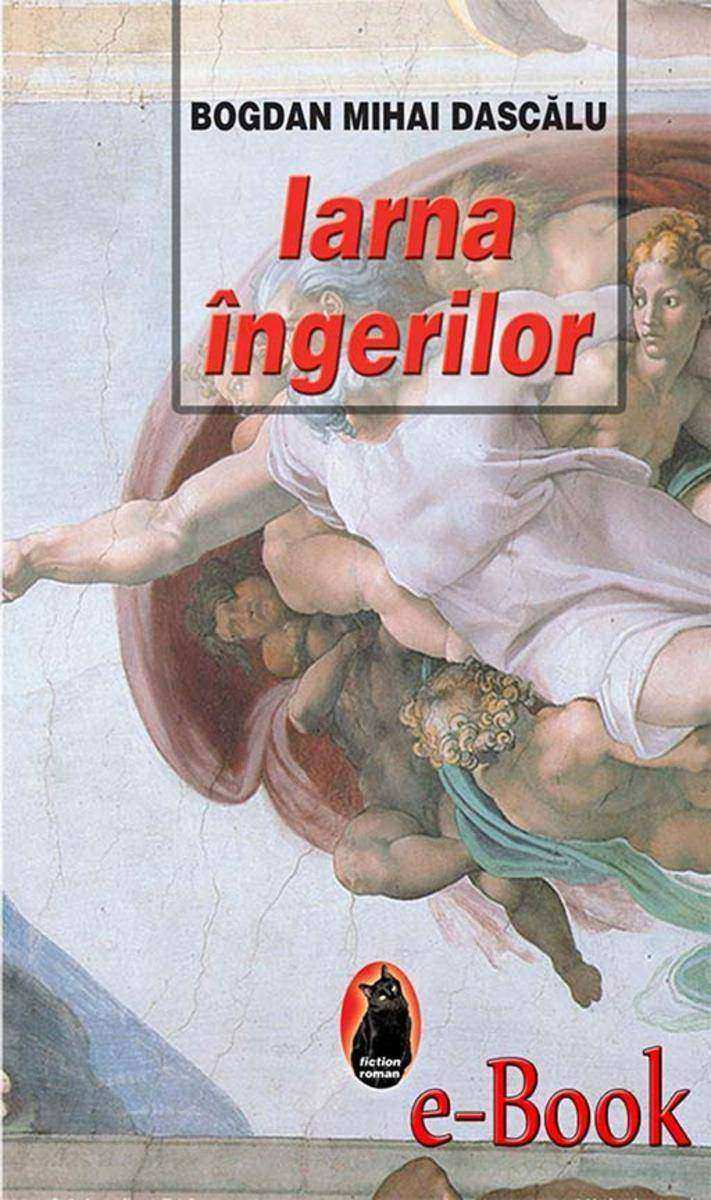
Iarna ?ngerilor
¥32.62
Eseuri ?i cronici teatrale structurate simultan ?n dou? planuri, ?nc?t se reconstituie panorama artei spectacolului ?n Rom?nia ?i par?ial ?n lume, ?n perioada 1993-2003, ?i se realizeaz? o privire din unghiul zilei de azi a artei dramatice, ?n evolu?ia ei, de la antici la contemporani.
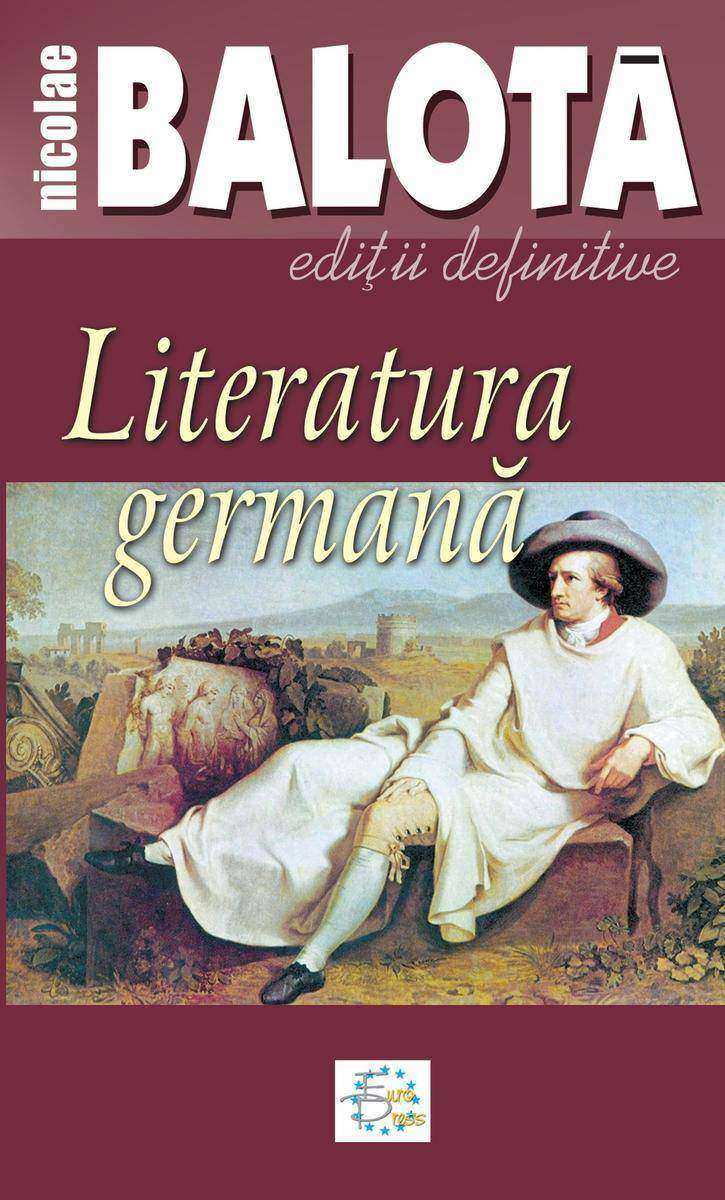
Literatura german?. De la Sturm-und-Drang la zilele noastre
¥96.47
Cartea abordeaz? o tem? important?, care nu a f?cut obiectul unei cercet?ri distincte ?n istoriografia rom?neasc?, mai ales perioada 1948-1955. Autorul a analizat evolu?ia elitei politice na?ional-??r?niste ?i na?ional-liberale ?n ?ntreg intervalul 1945-1955 … Ponderea cea mai mare o ocup? activitatea represiv? a guvernan?ilor care, ?n anii 1947-1950, au desf??urat o ampl? ac?iune de arestare a tuturor adversarilor regimului … Urm?rind simultan, potrivit criteriului cronologic, ?ntregul tablou al situa?iei interna?ionale, al activit??ii guvernamentale, al vie?ii interne a partidelor analizate, al ac?iunii liderilor politici etc … lucrarea se dovede?te a fi temeinic documentat? ?i realmente original?.
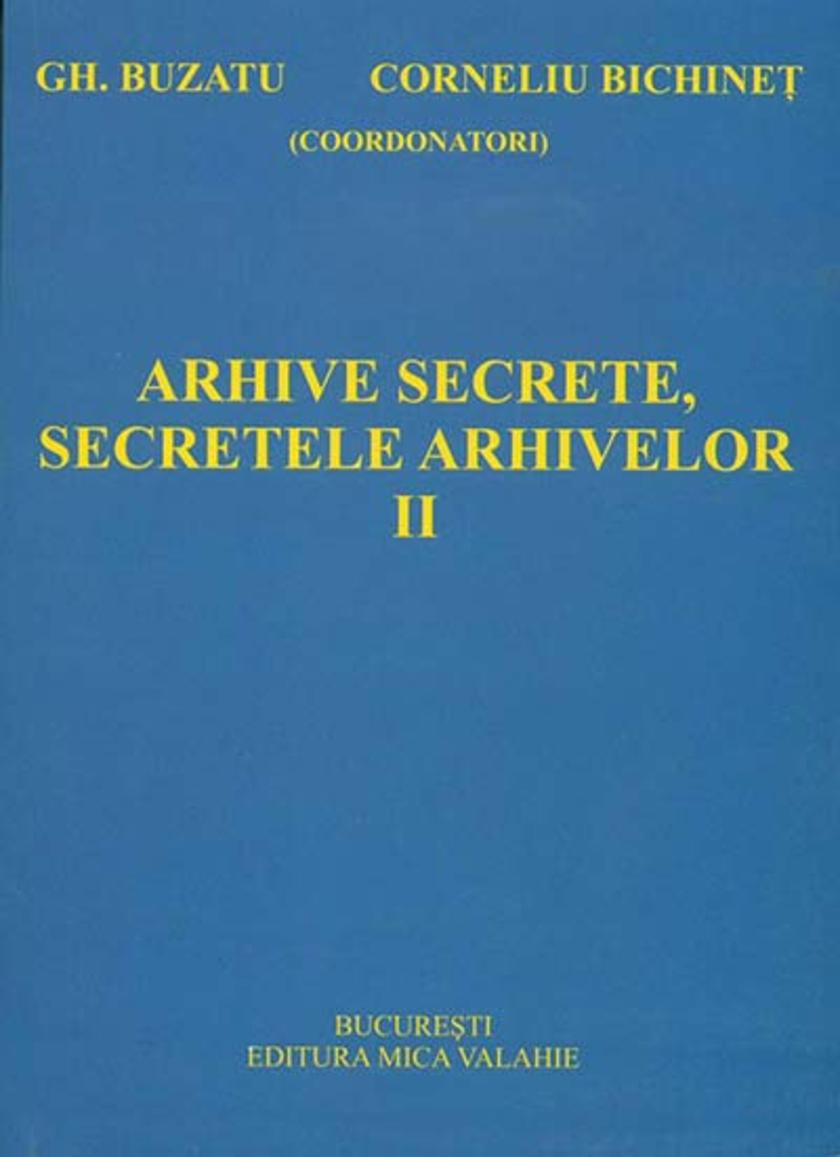
Arhive secrete, secretele arhivelor. Vol. 2
¥106.19
Lucrarea vizeaz? o tem? de actualitate – brandul de ora?, oferind un cadru teoretic al acestui nou concept de marketing, completat de o parte aplicativ? divers?, care ?i-a propus s? identifice ?i s? completeze eforturile autorit??ilor locale ?n aceast? direc?ie.
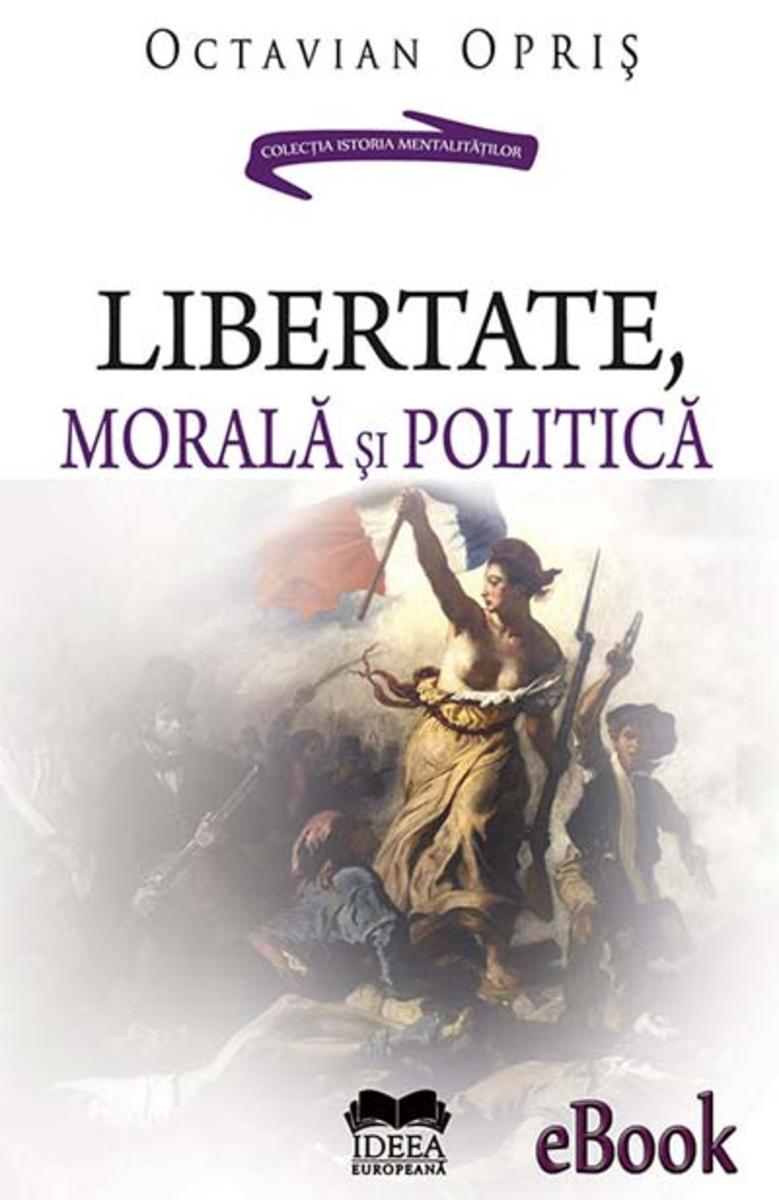
Libertate, moral? ?i politic?
¥65.17
Eseurile cuprinse ?n aceast? carte au ?n comun c?teva teme care m-au preocupat: ra?ionalitatea, valorile ?i libertatea. O parte din articole au ap?rut ?n diferite publica?ii, altele au v?zut lumina tiparului prin aceast? carte. Am ?ncercat s? aduc ?n con?tiin?a public? c??iva g?nditori rom?ni importan?i ?n spa?iul cultural rom?nesc ?i l?sa?i ?n umbra uit?rii. Opera acestora e realizat? ?n bun? parte ?n perioada interbelic?, ?ntr-un climat de libertate, f?r? presiuni ideologice sau de alt? natur?, fiind rezultatul for?ei intelectuale ?i al culturii personale. Dup? 1946 regimul comunist a ?ngr?dit progresiv libert??ile politice, a ?ncercat s? distrug? tradi?iile culturale a?a-zis burgheze, exercit?nd o represiune asupra intelectualit??ii ?i a creatorilor de opere. Domeniul ?tiin?elor sociale a fost afectat de o cenzur? inchizitorial?, pun?ndu-se la index autori ?i opere considerate periculoase pentru societatea rom?neasc? ?i ideologia marxist?.
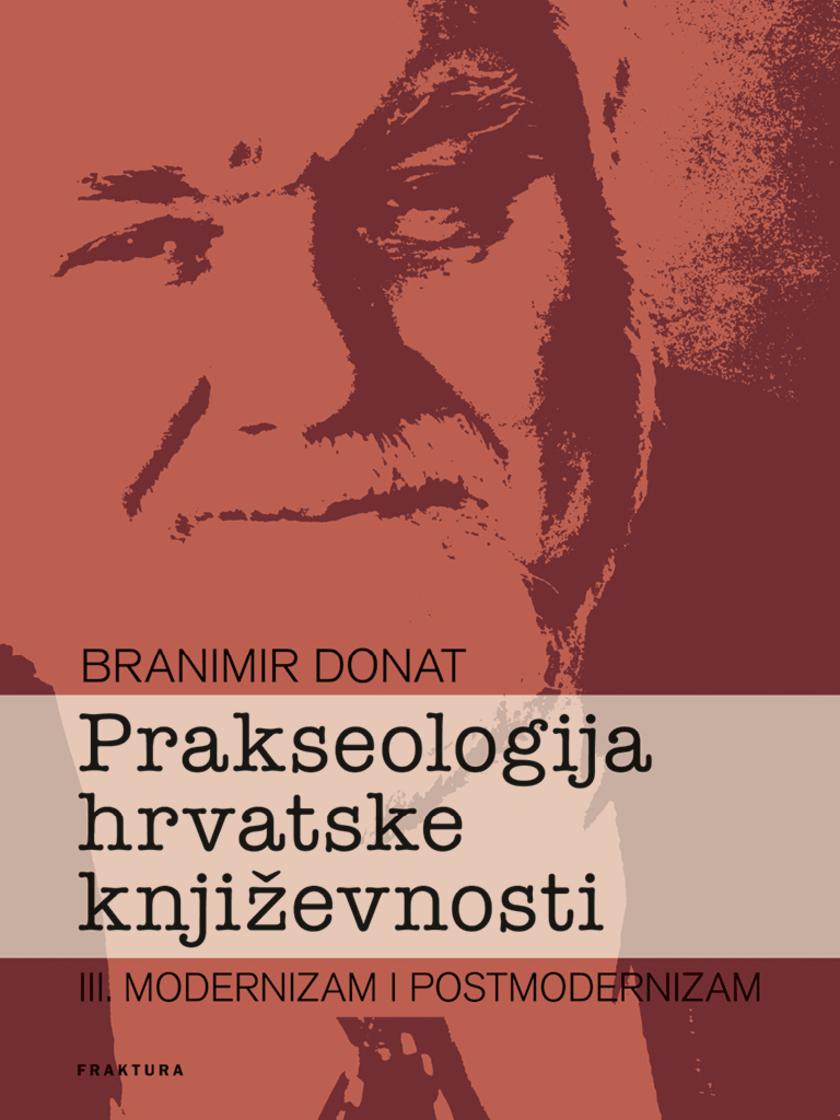
Prakseologija hrvatske knji?evnosti: Knjiga III.
¥207.99
n condiiile n care cmpul teoriilor cosmopolite contemporane se afl ntr-o permanent expansiune, lucrarea urmrete maniera n care aceast paradigm a cosmopolitismului, care nu este lipsit de anumite tensiuni i controverse, poate fi aplicat i n analiza tiinelor politice, n general, i a teoriei politice, n special. Nivelurile de analiz se refer la principiile fundamentale, noile concepte i ipotezele formulate i soluiile propuse n cadrul cosmopolitismului.
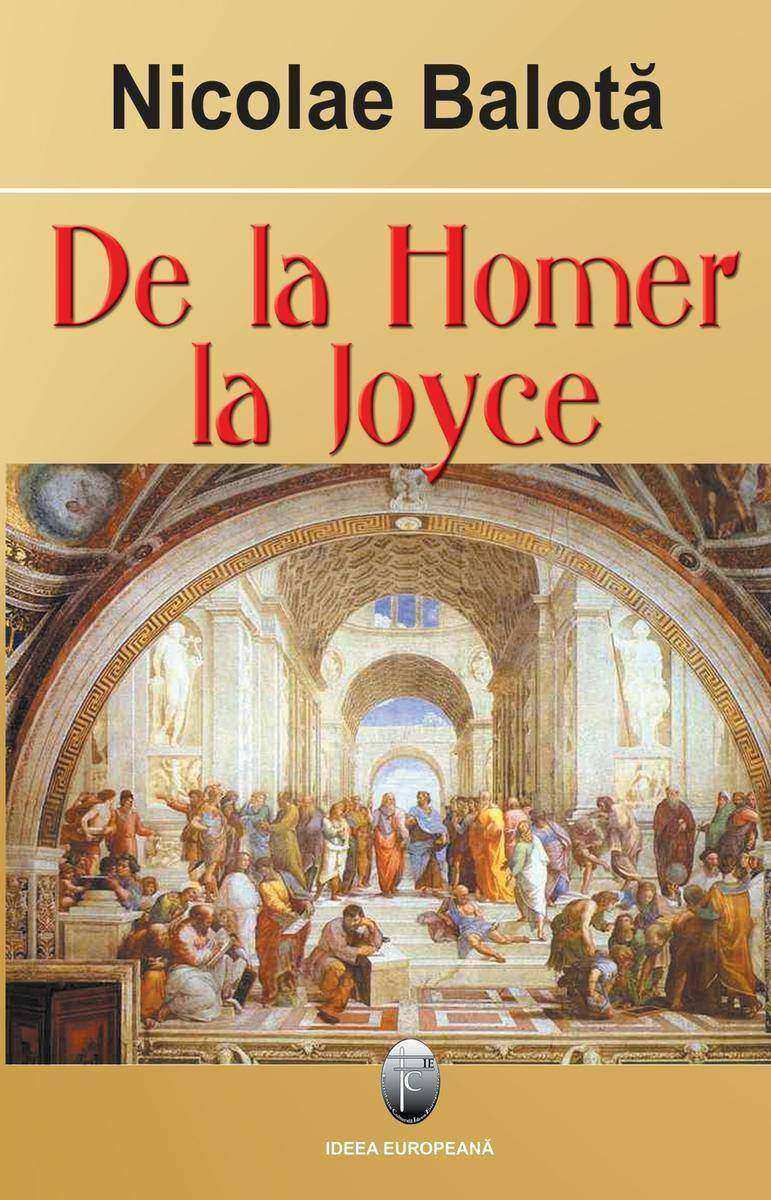
De la Homer la Joyce
¥76.03
Dincolo de miza succesului ?colar (examenul de Evaluare Na?ional? fiind un prag important pentru fiecare elev), studiul limbii ?i al literaturii rom?ne trebuie s? r?m?n?, ?n gimnaziu, o experien?? cultural? pertinent? ?i interesant?, care s? implice imagina?ia, gustul estetic, nevoia de autointerogare ?i de comunicare. Respect?nd programa specific?, structura oficial? a subiectelor ?i maniera de formulare a sarcinilor de lucru stabilite de Ministerul Educa?iei, volumul ??i propune s? nuan?eze preg?tirea continu? ?i sistematic? pentru Evaluarea Na?ional?, intervenind cu fi?e teoretice esen?ializate, teme de portofoliu, modele ?i sugestii de rezolvare, r?spunsuri selective ?i o cons istent? baterie de teste de antrenament. De asemenea, cartea are ?n vedere, prin selec?ia textelor (clasice sau contemporane, din autori celebri sau mai pu?in cunoscu?i ?n anii de gimnaziu), redescoperirea ?n adolescentul de 14?15 ani a cititorului pasionat sau m?car avizat, dornic s???i sus?in? punctele de vedere, s???i l?rgeasc? orizontul cultural ?i s? descopere, dincolo de informa?ii, reguli, canoane, adev?ratele provoc?ri, ierarhii, idoli, ca form? de acomodare cu specificul ?i noile problematici ale orelor de limba ?i literatura rom?n? din clasa a IX?a de liceu.
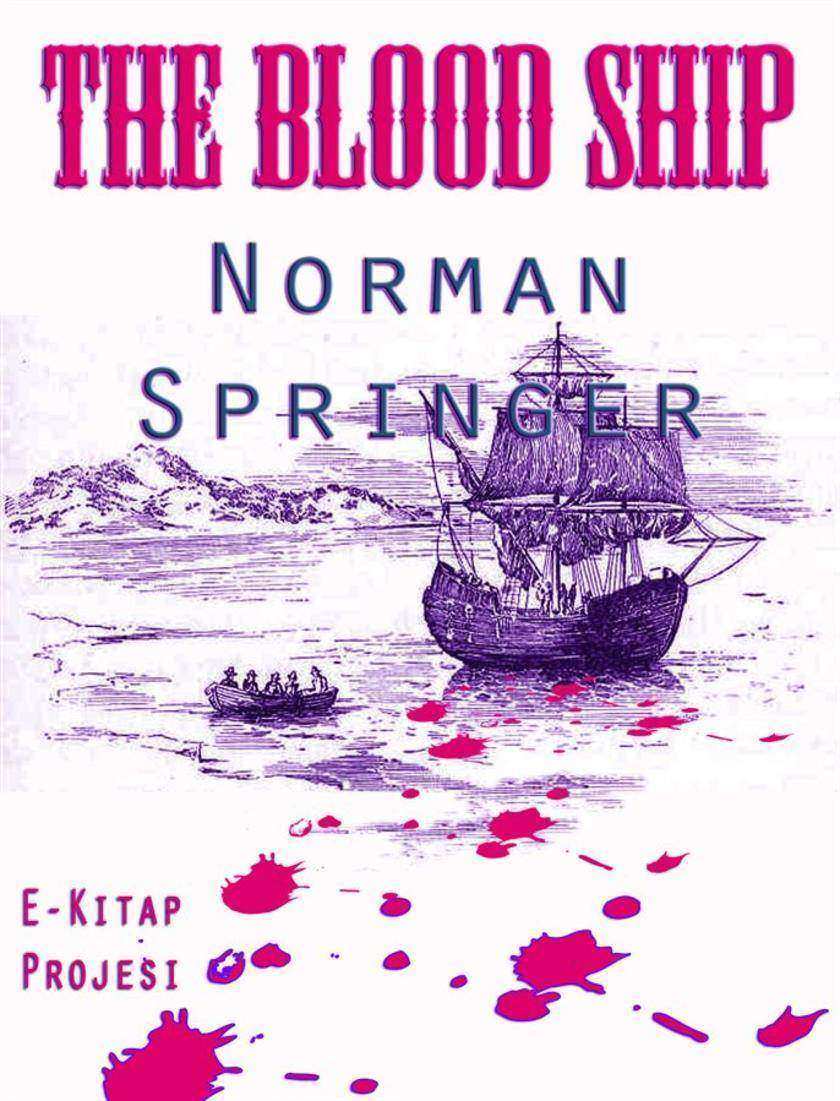
The Blood Ship
¥18.74
DRAWING is the expression of an idea: “Art must come from within, and not from without. This fact has led some to assert that the study of nature is not essential to the student, and that careful training in the study of the representation of the actual appearance is mechanical and harmful. Such persons forget that all art ideas and sentiments must be based upon natural objects, and that a person who cannot represent truly what he sees will be entirely unable to express the simplest ideal conceptions so that others may appreciate them. Study of nature is, then, of the first and greatest importance to the art student.A drawing may be made in outline, in light and shade, or in color. The value of the drawing artistically does not depend upon the medium used, but upon the individuality of the draughtsman making it. The simplest pencil sketch may have much more merit than an elaborate colored drawing made by one who is unable to represent truly the facts of nature, or who sees, instead of the beauty and poetry, the ugliness and the imperfections of the subject. OBJECTS FOR STUDY:We hear a great deal now about the cultivation of the sense of beauty by the choice of drawing models. Many go so far as to say that nothing but the most beautiful forms should be given from the start, and, asserting that the cube, cylinder,and other type forms are not beautiful, they say that they should not be used, but that beautiful variations of these type forms should be provided. More definite information than this is rarely given. We are not told what natural objects are beautiful, and cheap enough to be provided, or how these objects of beauty are to be obtained, if they are not provided by the city. Such advice as to the use of beautiful models must be very pleasant and valuable to the drawing teacher, who so often fails to secure the money necessary to provide the cheap wooden models costing a few cents each ; and we do not wonder that special and regular teachers often regard this subject as one having no standards and no authorities. Much of all this commotion about beautiful objects of study is raised by those who, suffering from criticism, have in the desire to escape it plunged headlong from one set of mechanical rules for a series of lessons for the public schools, to another set less arbitrary in certain directions, but still mechanical, and if possible, more harmful than before, because attempting more.The average teacher can readily learn to discover at a glance whether or not the drawing of a cube represents the object as it might appear. She can do this even without seeing the model from the pupil's position; and the student can compare his drawing with the object and discover its errors more easily than he can in the drawing of a cast, a leaf, a figure,or any other object of beauty, in which the beauty depends upon lines which are subtile and which require a trained eye to see at all truly.
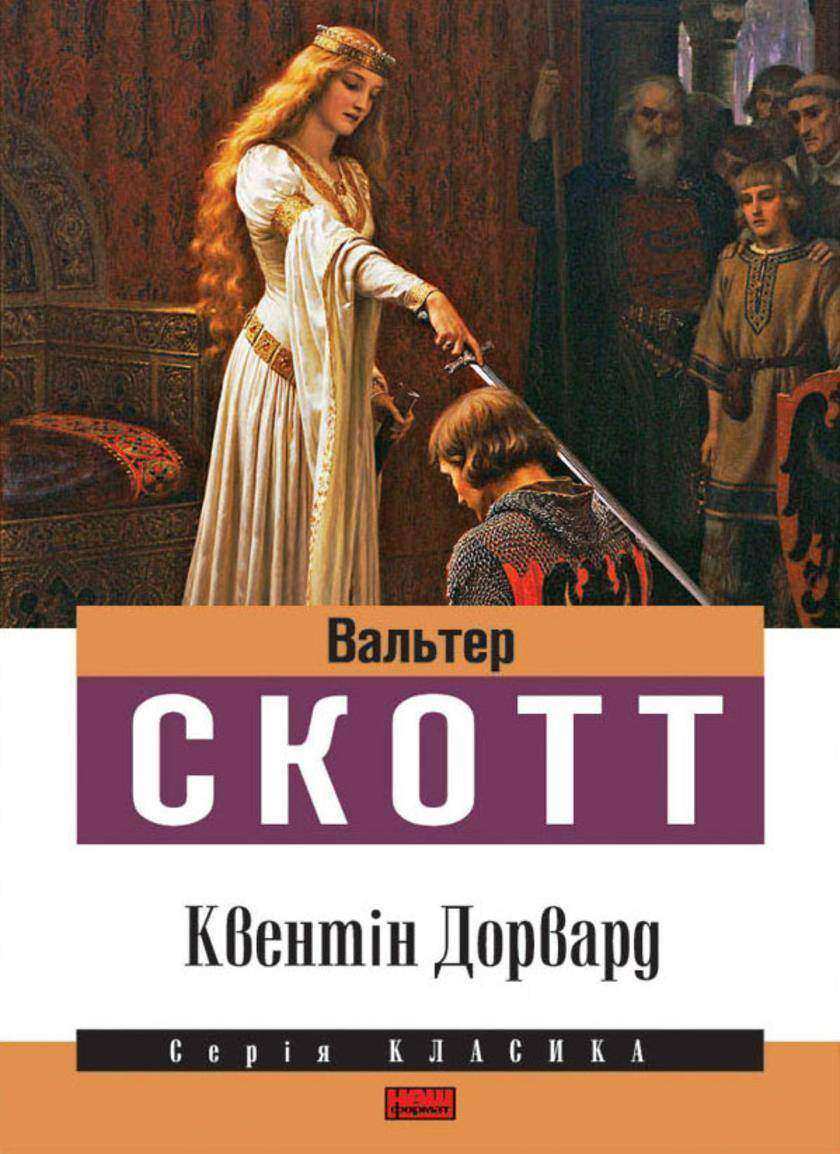
Квент?н Дорвард
¥5.72
s vezes, a única coisa verdadeira num jornal é a data, disse Luis Fernando Verissimo. Tomar ao pé da letra essa frase bem-humorada do cronista pode no ser um bom negócio. Porém, ainda mais temerário seria aceitar a hipótese oposta, ou seja, de que tudo acontece do jeito que o jornalista nos conta. Certos recursos de escrita e de edio aumentam tanto a temperatura do texto que provocam a fuso entre a fantasia e a realidade. Esse fenmeno misterioso, com seu toque de alquimia, é o que Renato Modernell investiga em A notícia como fábula.
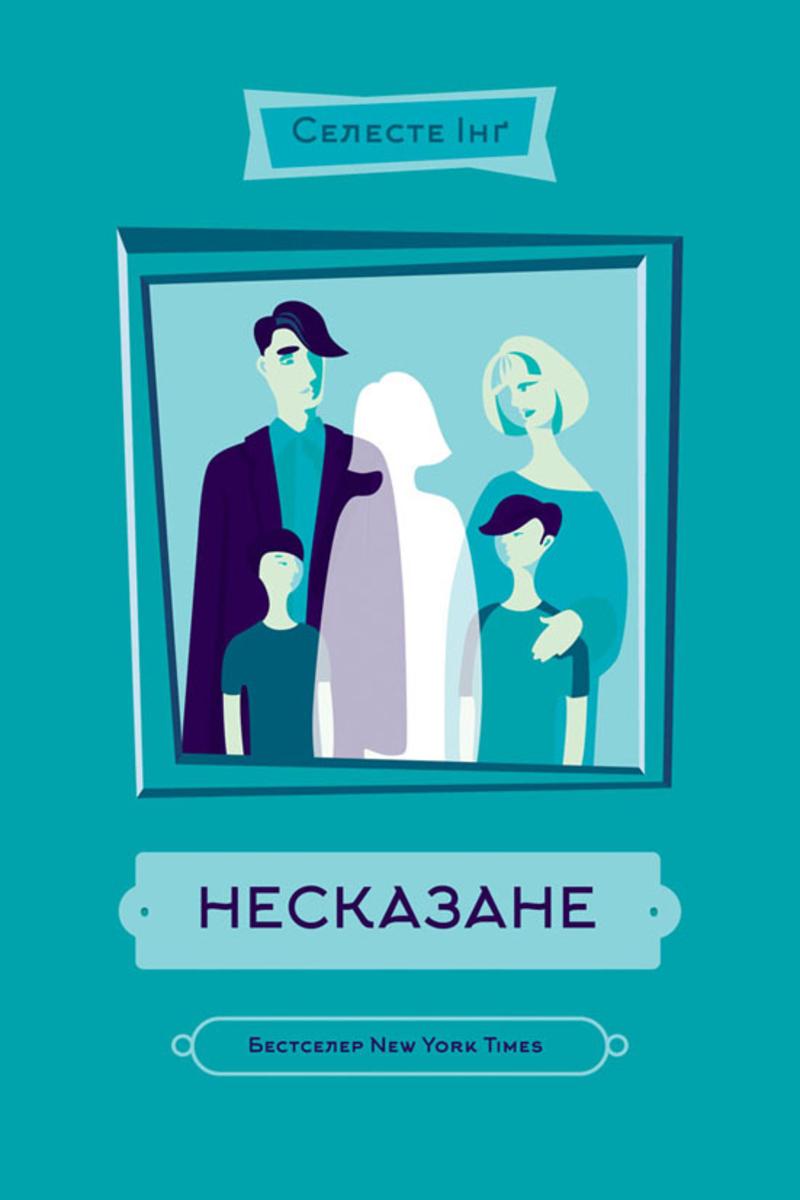
Несказане
¥25.18
Le piante percepiscono il suono e amano suonare.Lo dimostrano studi e sperimentazioni condotte in ambito accademico e, ancora di più, le esperienze di numerosi ricercatori e musicisti che insegnano alle piante a usare apparecchiature musicali elettroniche e suonano e cantano insieme a loro.Le ricerche sull’intelligenza vegetale, sulla sensibilità delle piante e sulla loro disponibilità a dialogare con noi aprono la nostra mente verso una più profonda visione della natura e il nostro cuore a nuove occasioni di scambio con tutto ciò che è vivo intorno a noi.




 购物车
购物车 个人中心
个人中心



